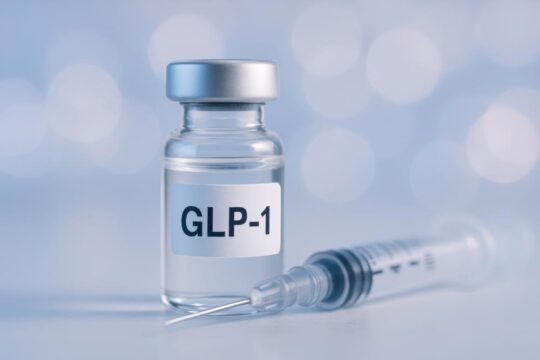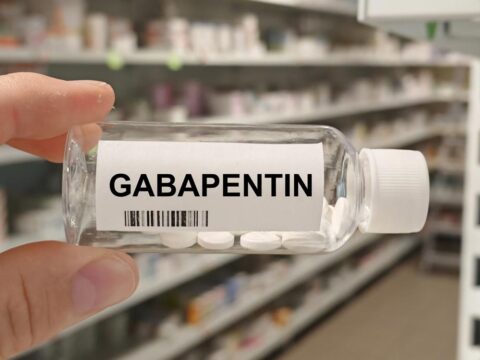Advertisment
Elahere (mirvetuximab soravtansine-gynx) shows consistent survival benefit in long-term analysis for certain ovarian cancer patients – AbbVie

AbbVie announced the final analysis of the confirmatory Phase III MIRASOL trial evaluating the efficacy and safety of Elahere (mirvetuximab soravtansine-gynx) in women with folate receptor alpha (FRα)-positive platinum-resistant ovarian cancer (PROC) compared to chemotherapy in a late-breaking oral presentation at the Society of Gynecologic Oncology (SGO) Annual Meeting on Women’s Cancer in Seattle. At 30.5 months median follow-up, treatment with continued to show significant improvements in progression-free survival (PFS) and overall survival (OS) compared to investigator’s choice (IC) chemotherapy. Ovarian cancer patients often present with late-stage disease and are historically first treated with platinum-based chemotherapy, which they may become resistant to and require another therapy, such as Elahere
“Ovarian cancer can be devastating, and when cancer cells stop responding to chemotherapy patients may feel hopeless about their journey. The data presented today reinforce the importance of ELAHERE as a transformative therapy for patients with limited options,” said Dr. Svetlana Kobina, vice president, oncology medical affairs, AbbVie. “We remain steadfast in our commitment to bring forward innovative therapies that improve the lives of patients with difficult-to-treat cancers.”
MIRASOL is a randomized Phase III trial of Elahere versus investigator’s choice (IC) of single-agent chemotherapy (weekly paclitaxel, pegylated liposomal doxorubicin, or topotecan). Eligibility criteria include patients with PROC whose tumors express high levels of FRα, using the Ventana FOLR1 RxDx Assay, and who have been treated with up to three prior regimens. The primary endpoint of this trial is progression-free survival (PFS) by investigator assessment. Key secondary endpoints include objective response rate (ORR) and overall survival (OS). The trial enrolled 453 patients. Patients were stratified by number of prior lines of therapy (14% had one prior line of therapy, 39% had two prior lines of therapy, and 47% had three prior lines of therapy) and by IC chemotherapy, with paclitaxel as the most commonly chosen (41%), followed by PLD (36%) and topotecan (23%). Sixty-two percent of patients received prior bevacizumab; 55% received a prior PARP inhibitor.
Key findings from the 30.5-month median follow-up include:
- i. Elahere treatment achieved superior efficacy versus IC chemotherapy, with a median PFS of 5.59 months versus 3.98 months, representing a 37% reduction in the risk of tumor progression or death (HR 0.63; [95% CI: 0.51, 0.79]) and a higher objective response rate of 41.9% versus 15.9%.
- ii. Superior and clinically meaningful overall survival for patients receiving Elahere(median 16.85 months) compared to IC chemotherapy (median 13.34 months), representing a 32% reduction in the risk of death (HR 0.68 [95% CI: 0.54, 0.84]).
- iii. Other endpoints included safety and duration of response (DOR), which were consistent with the primary data analysis at 13.1-months median follow-up.
The most common treatment-emergent adverse events (TEAEs) occurring in at least 20% of patients in the Elahere arm were blurred vision, keratopathy, abdominal pain, fatigue, diarrhea, dry eye, constipation, nausea and peripheral neuropathy. Compared with IC chemotherapy, treatment with Elahere was overall associated with lower rates of grade ≥3 TEAEs, serious AEs and discontinuations due to AEs.
“The final data showcase the significant improvement in overall survival benefit of treatment with ELAHERE compared to standard of care chemotherapy,” sad investigator and presenter, Dr. Toon Van Gorp, Professor of Gynecologic Oncology, University of Leuven. “The significant improvements in survival, along with the well-characterized safety profile, reinforce ELAHERE as an emerging standard of care for difficult-to-treat ovarian cancer and warrants further study of this medicine in earlier treatment settings.”
A separate analysis from the Phase III MIRASOL study evaluating the impact of Elahere treatment-emergent ocular events on patient-reported health-related quality of life (HRQoL), will be shared during an oral presentation March 17 at the SGO Annual Meeting scientific plenary session.





